Millions of Canadians share in joyous celebration across the country on this Canada Day, the 146th birthday of Canada’s founding on July 1, 1867.
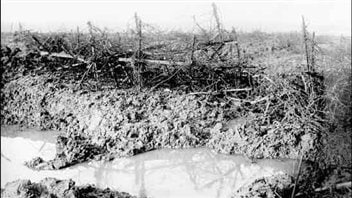
Mud, craters and barbed-wire at Beaumont-Hamel 1916.
The Newfoundlander had to cross their own barbwire
and that of the Germans, in clear site of enemy machineguns
© Provincial Archives of Newfoundland and Labrador
(PANL NA-2732)
But today a group of Canadians, British, and French have gathered in France to remember another July 1,a truly sad one of 97 years ago during the First World War.
Speaking at the ceremony in France, Canadian politician, the honouable Steven Blaney, Minister of Veterans Affairs said, “There are few places in the world that serve as a greater testament to the history of our nation or the strength of our people than Beaumont-Hamel and the Somme,” He added, “On Canada Day, as we celebrate our great country, we enjoy our freedom thanks to brave heroes in uniform like the Newfoundlanders and Canadians who fought on the Somme. It is our duty to continue to remember their sacrifices.”
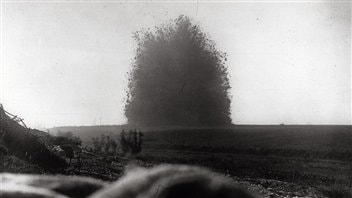
moments before the attack. This gave the Germans
ample warning to prepare for the attack
© Imperial War Museum, Q 754
Also in attendance was the Honourable Kathy Dunderdale, Premier of Newfoundland and Labrador, and members of the Royal Canadian Legion.
Starting early in 1915, while German and French forces were bleeding each other around Verdun, the French sent frantic appeals to British Commander Sir Douglas Haig to take the pressure off.
The plan to relieve German pressure on Verdun was along dozens of kilometers of the front in the area of the Somme. It was part of what was called the “Big Push” and a vast build-up of men and munitions for the mass attack was going in the region throughout the spring.
Haig was quietly confident that his planned assault would destroy the enemy lines and enable the cavalry to ride into open countryside and attack the German rear areas, battery positions, headquarters and communications.
However, the German Army, had become well aware of the buildup and eventual attack. They had restructured their defences, especially in the northern area of the British lines. They were firmly entrenched along the ridges and the villages of the northern Somme countryside..
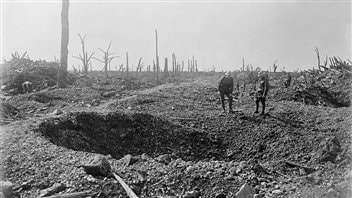
inspecting craters in the blasted landscape along the road to
Bapaume, the Somme 1916
© Dept. of National Defence
/ Library and Archives Canada / PA-000884
On July 1st, at 07:30, tens of thousands of Allied troops left their trenches and began advancing across a 40km wide stretch of no-man’s land.
The result was a slaughter with almost 60-thousand British soldiers killed, wounded or missing in one day. Along much of the British lines, little or nothing had been gained .
In 1916 Newfoundland was not yet a part of Canada, and July 1st was to become ever after one of its most tragic days.
Still a relatively small colony, almost every islander had some familial connection to the the 1st Battalion of the Newfoundland Regiment. It was raised early in the war and become part of the 29th British Division fighting first in the poorly planned and tragic Gallipoli campaign in 1915.
They were then sent to the western front.
On that fateful morning of July 1st, they were in the line at Beaumont –Hamel when the order came to advance. The Germans well prepoared cut them to ribbons. Within 15 minutes of leaving their St John’s Road support trench, most of the 780 Newfoundlanders were dead, or wounded.
Only 68 of the regiment were able to answer roll call the next day.
While Canada celebrates July 1 in Newfoundland where almost every single family lost a close or distant relative, or friend, it is still a day of commemoration and mourning.
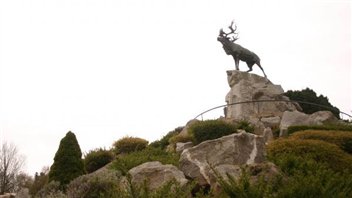
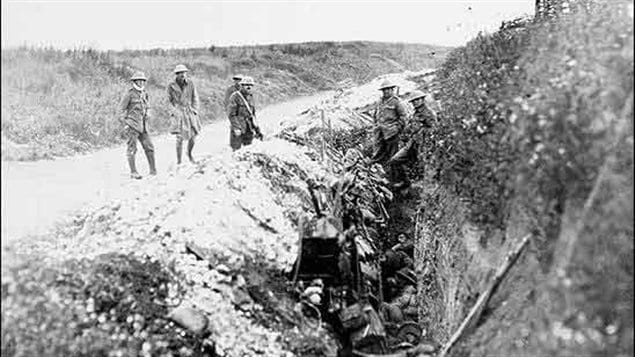






For reasons beyond our control, and for an undetermined period of time, our comment section is now closed. However, our social networks remain open to your contributions.